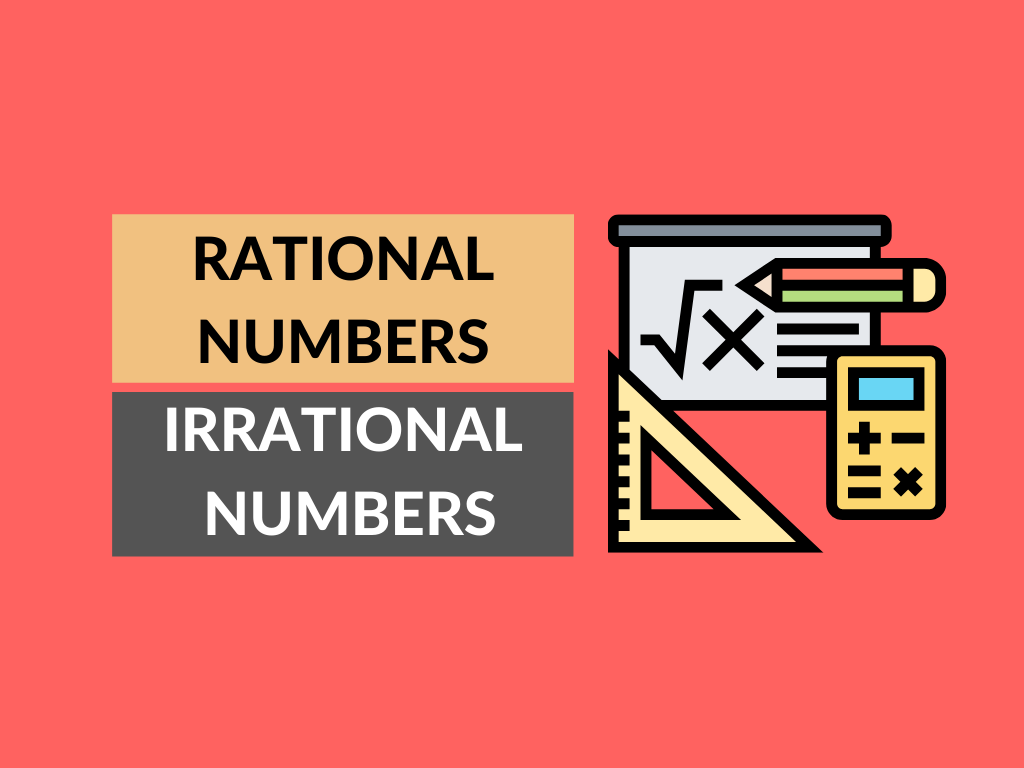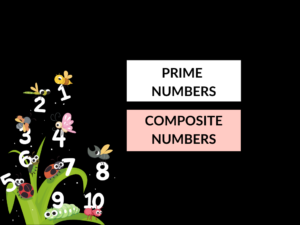The main difference between rational and irrational numbers is that rational numbers can be expressed in p/q form whereas it is not possible in irrational numbers.
What are Rational Numbers?
Rational numbers are expressed in the form of p/q that is (ratio/fraction).
1/2 = 2/4 = 10/20= 50/100…and so on. These are equivalent rational numbers (or fractions). It means that the rational numbers do not have a unique representation in the form p/q, where p and q are integers and q≠0. However, when we say p/q is a rational number or when we represent p/q on a number line, we assume that p and q have no common factors other than the universal factor ‘1’ (i.e; p and q are co-primes).
What are Irrational Numbers?
If you go on finding the value of √2, you observe that √2 = 1.4142135623731…is neither non terminating nor repeating decimal.
Can we represent this using a bar? No, we can’t. These types of numbers are called irrational numbers and they can’t be represented in p/q form. That is √2≠p/q ( for any integers p and q, q≠0).
Irrational numbers are not expressed in the form of p/q with an integer value in numerator and denominator.
If ‘n’ is a natural number other than a perfect square then √n is an irrational number.
Combination of Rational and Irrational numbers:
All rational numbers can be written in the form p/q, where p and q are integers and q≠0. Other numbers cannot be written in the form of p/q, where p and q are integers and are called irrational numbers. If we represent all rational numbers and irrational numbers and put these on the number line, would there be any point on the number line that is not covered?
The answer is no! The collection of all rational and irrational numbers completely covers the line. This combination makes a new collection called real numbers, denoted by R. real numbers cover all the points on the number line. We can say that every real number is represented by a unique point on the number line. Also, every point on the number line represents a unique real number. So we call this the real number line.
Here are some examples of real numbers:
-5.6, √21, 0,1, 2/5, 22/7, √7, √9,12.5,12.5123…etc;. You may find that both rational and irrational numbers are included in this collection.
Difference between Rational and Irrational numbers:
| rational numbers | irrational numbers |
|---|---|
| Meaning | |
| Rational numbers are expressed in the form of p/q that is (ratio/fraction) | Irrational numbers are not expressed in the form of p/q with an integer value in numerator and denominator. |
| Can write as | |
| It can be written in decimal and fraction | It can be written in only decimal form. |
| Example | |
| Examples are 7/8, 0, √9, 8/2. | P is irrational number √8, √2, √2/5 |
| Formation | |
| Terminating and repeating. | Non-terminating and non-repeating. |
Bottom line:
So when we compare, both the rational and irrational numbers, the numbers that can be expressed in p/q or fractional form it is rational and a number that cannot be expressed in fractional form is irrational numbers.
More suggestions:




